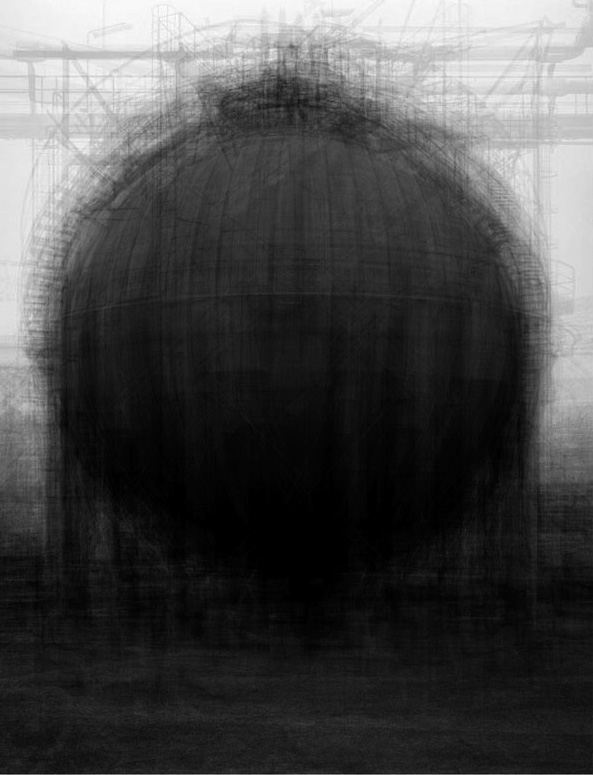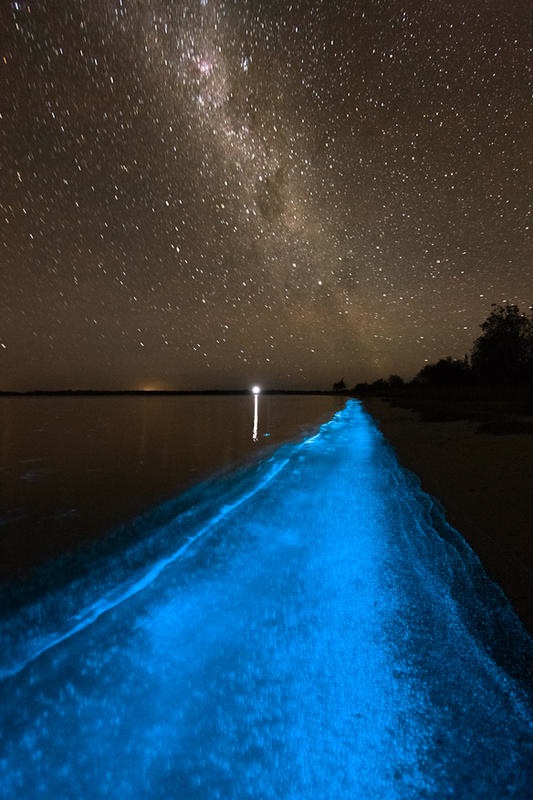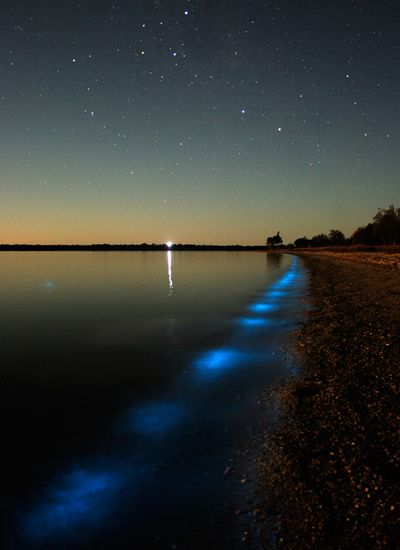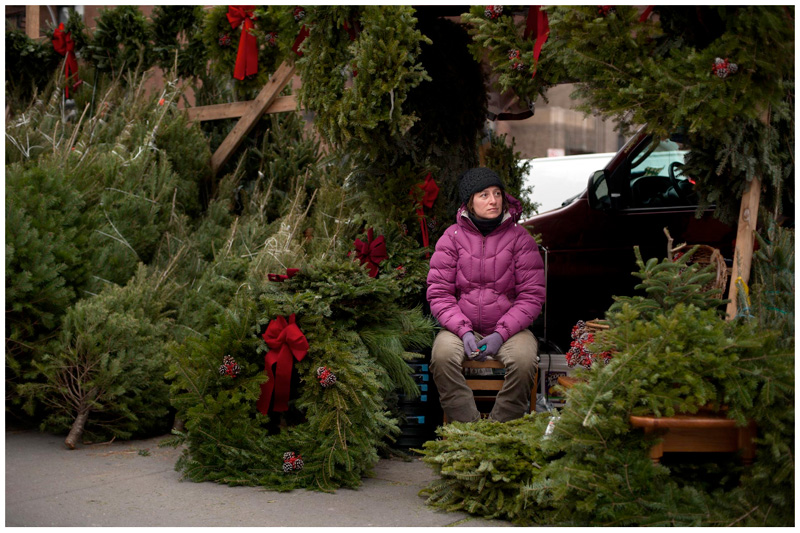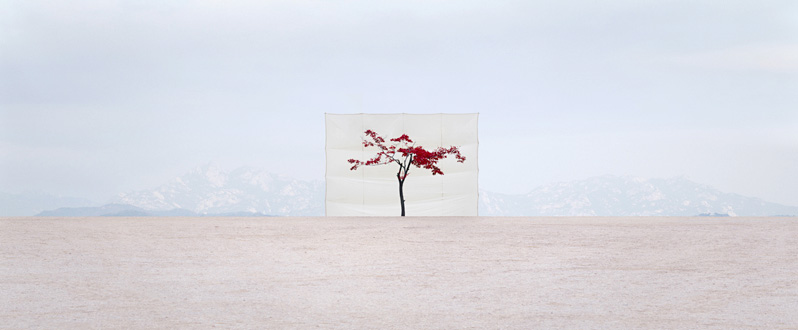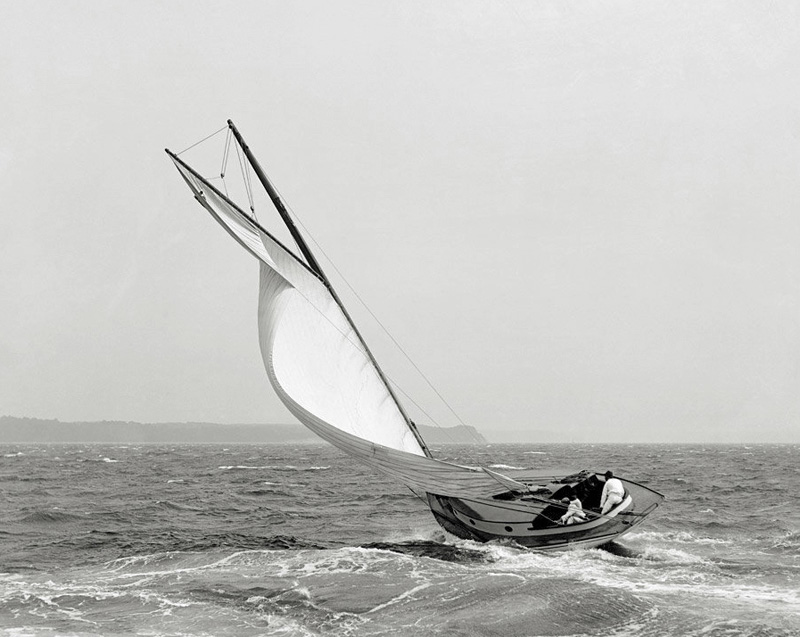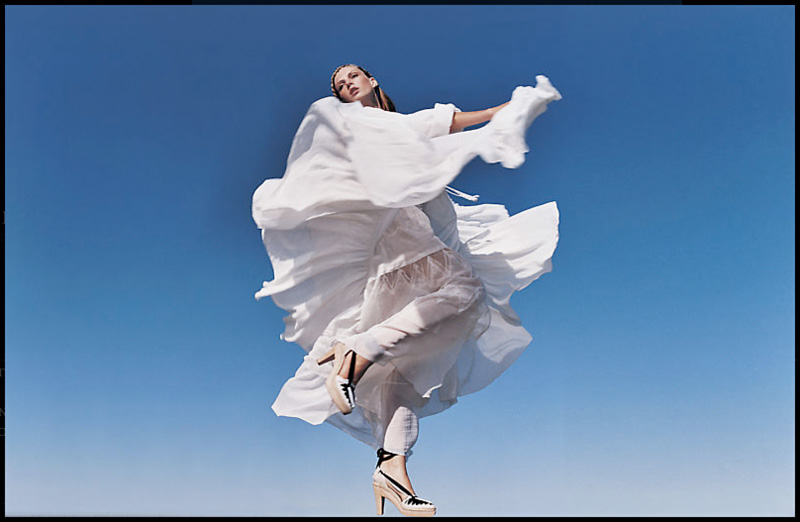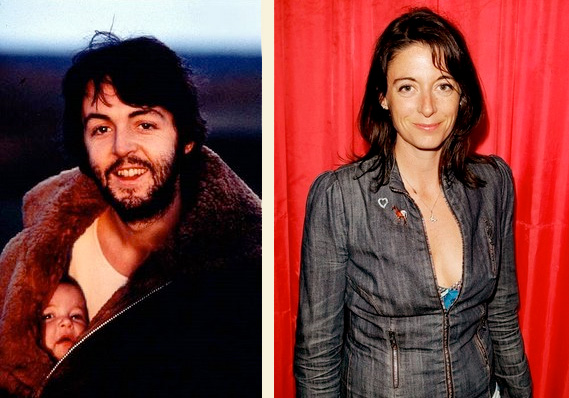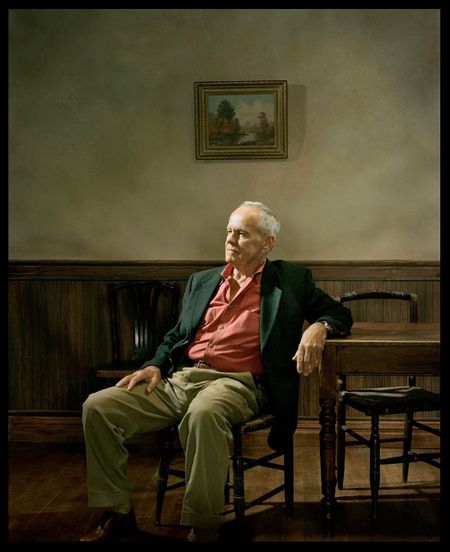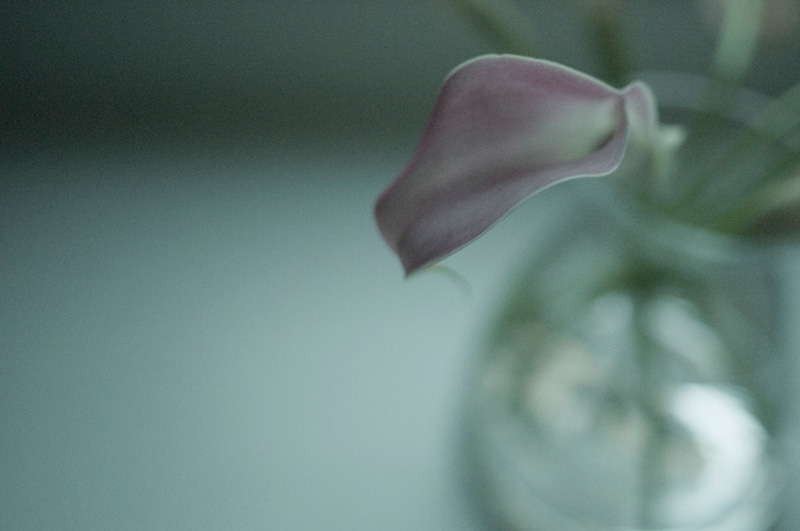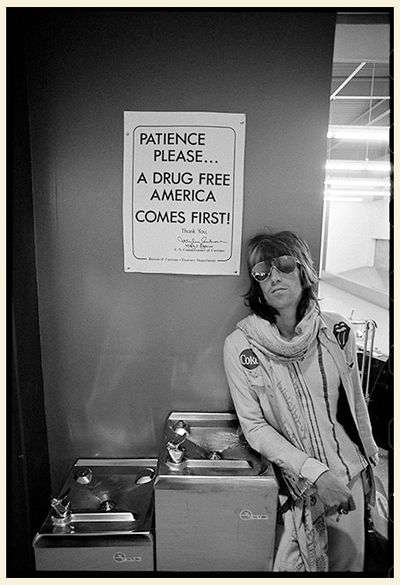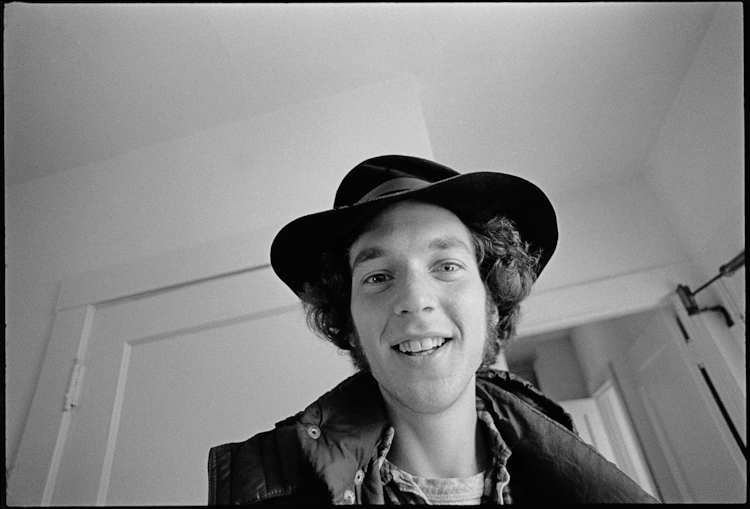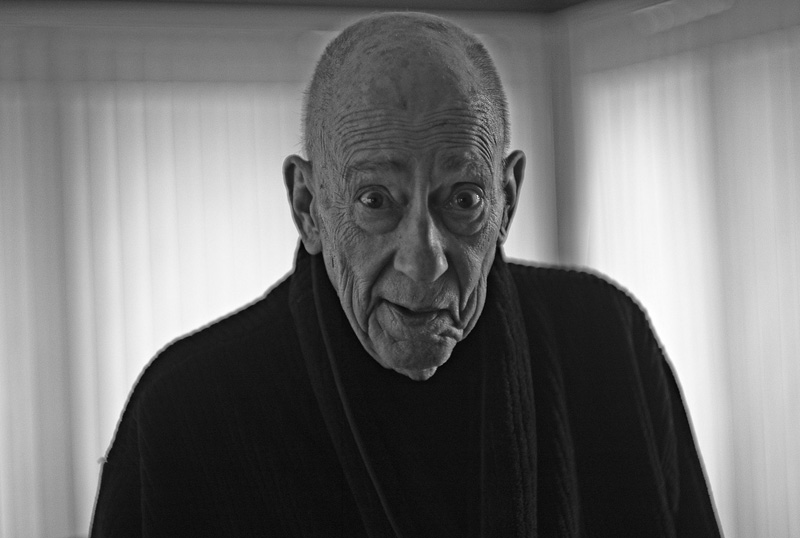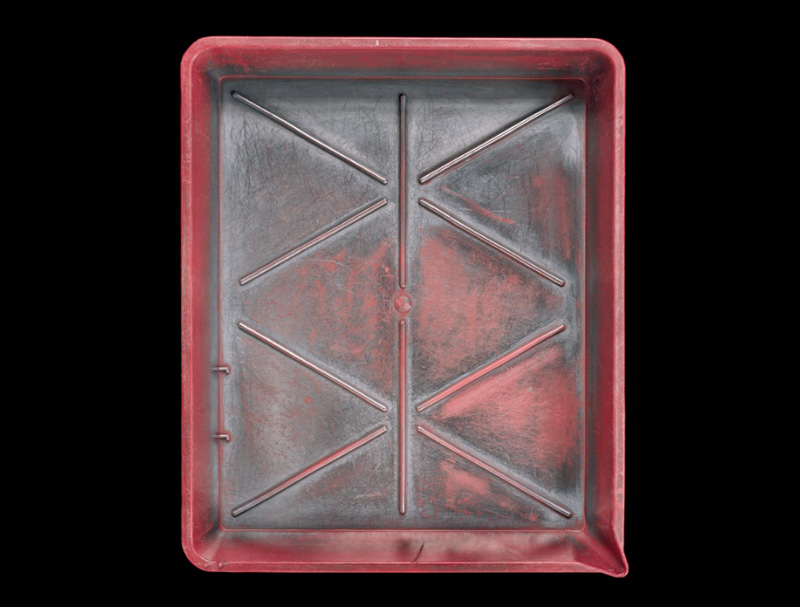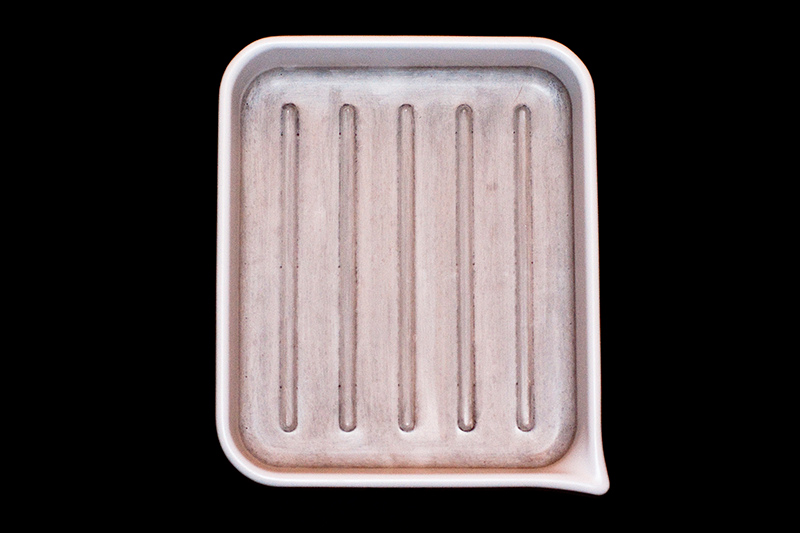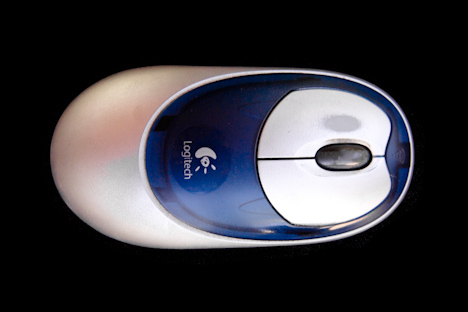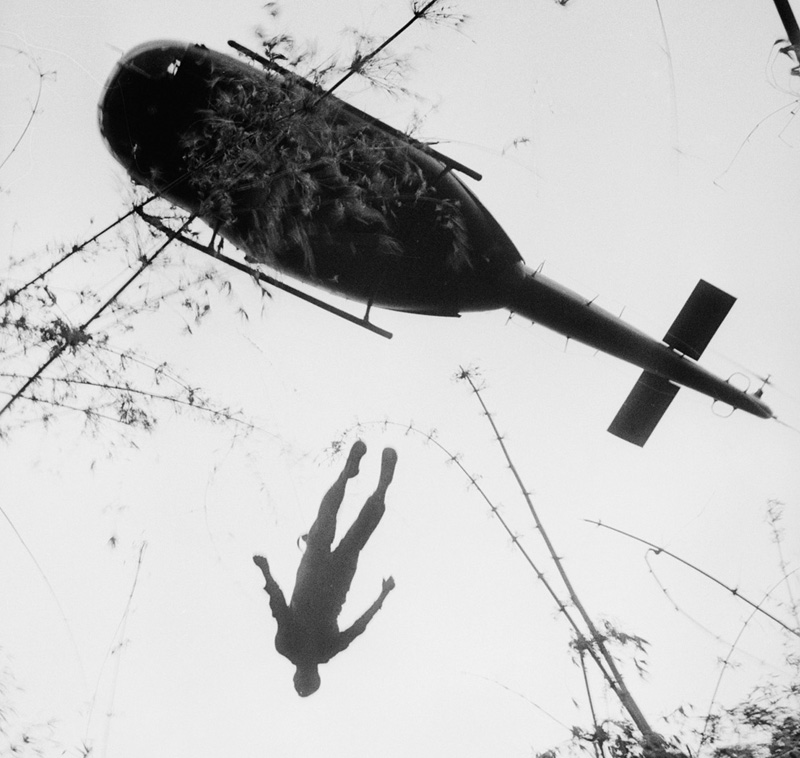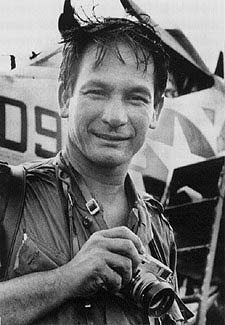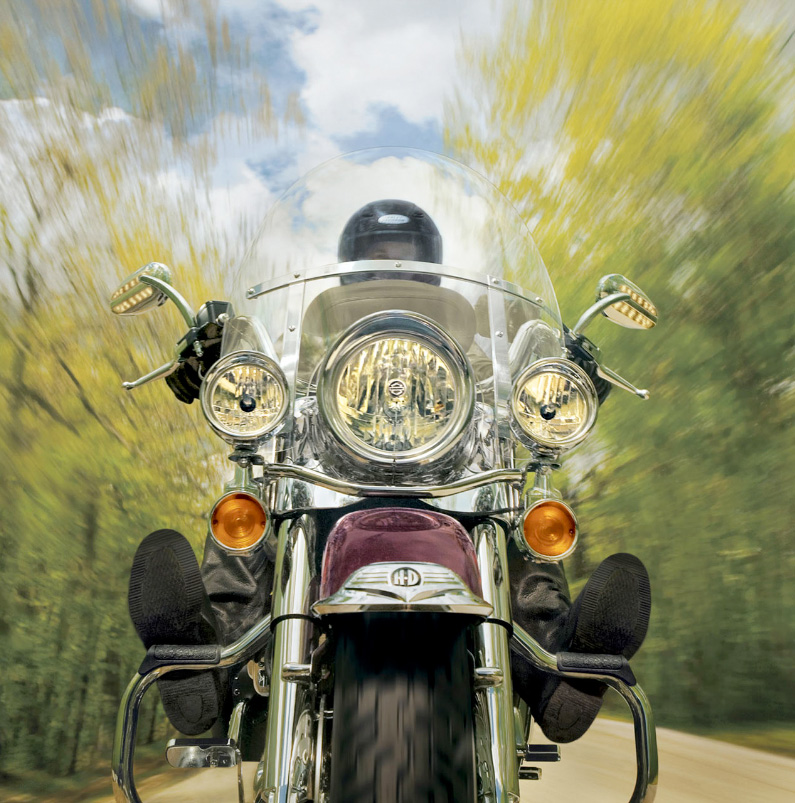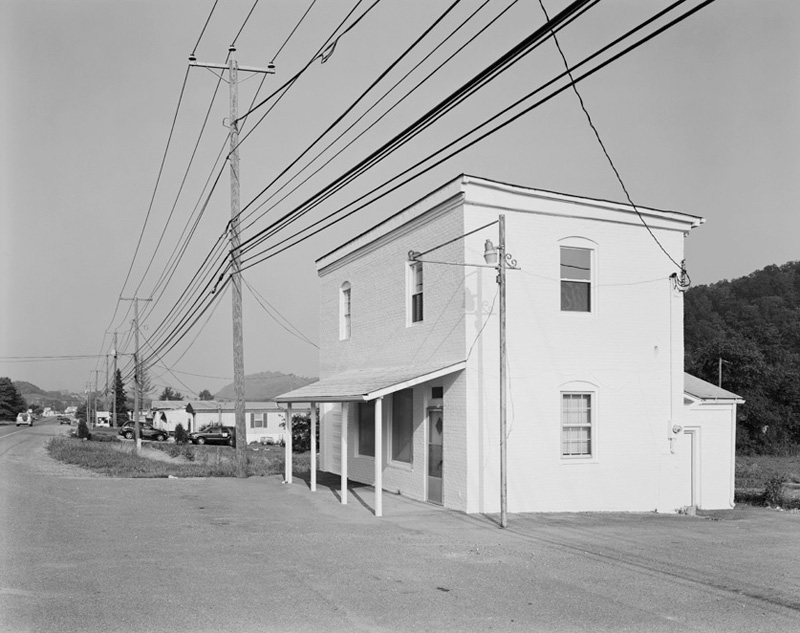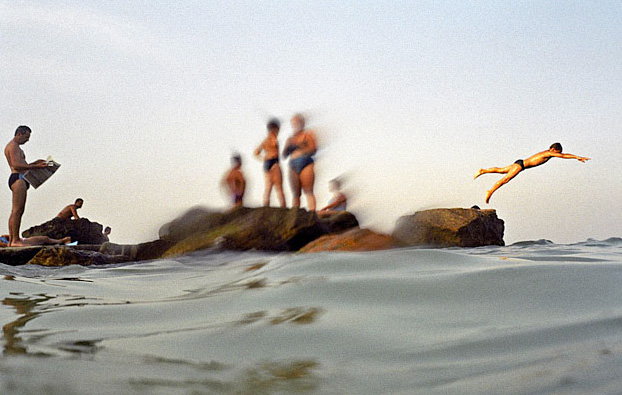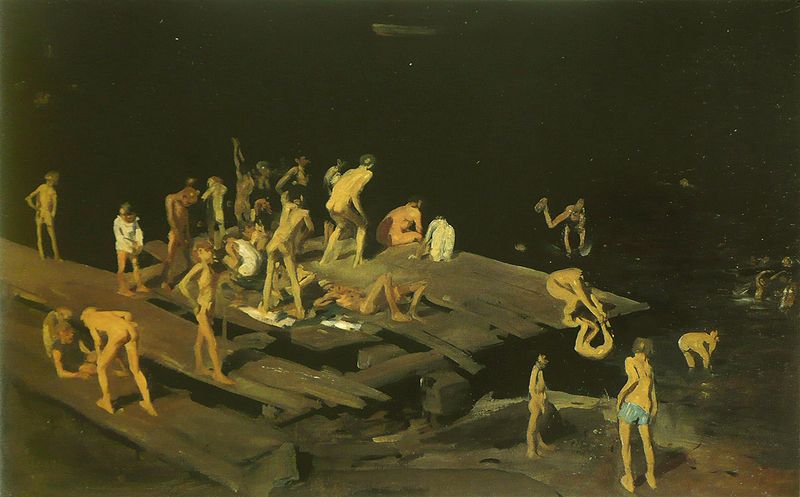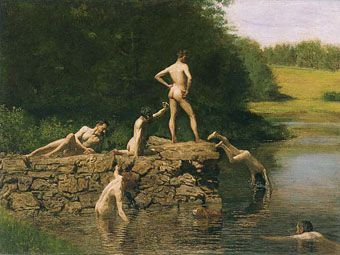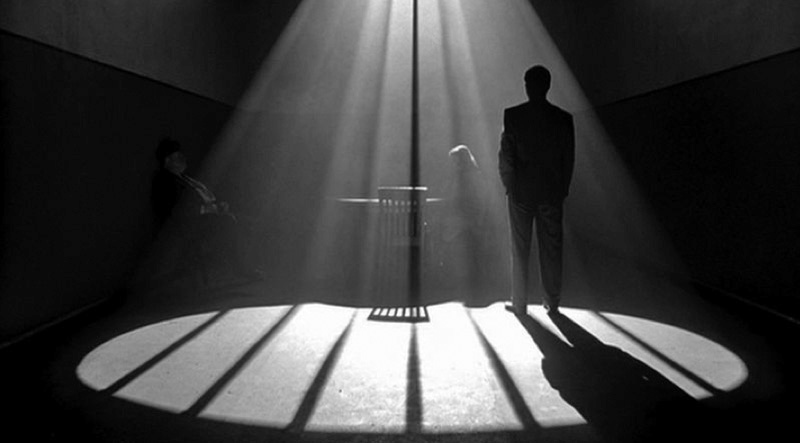
Since I saw True Grit I've been catching up on my Coen Brothers (I finally watched The Big Lebowski for the first time the other night), and I'll tell ya, if you're a black-and-white photographer you need to see The Man Who Wasn't There for the cinematography. Flat-out-and-out brilliance. It was shot on color stock and converted, and there are a few places where you can tell, where the tones aren't right—Ed Crane's face in the murder scene, for instance—but for the most part the tones are just gorgeously managed and setup after setup is beautiful. All you monochrome APUGgers out there should go rent this movie and watch it twice, studying the visuals.
It's quite good too, darkly funny, although the surreal intrusions that the Coens love so much turn me off. The ending of this film is a mess. (But then, endings ruin most movies.)
Anyone know if Roger Deakins got one of those gold statue thingys for this?
Mike
(P.S. If anyone objects to my characterization of the ending, I can tell you exactly how this film should have ended. Driving home from the music tryout, Ed should have objected to the offer of the BJ from the girl, then acquiesced with a nod—because that's what Ed Crane would do. And the final sequence should have been all Billy Bob showing with just his face how Ed felt, being startled, surprised, coming alive, ending with him smiling broadly and maybe even giggling—finally happy. Cut to credits.
The swerve toward the truck should have been followed by a recovery, just a blip to give his emotions more complexity.
I'd give money to see Billy Bob play that, no words, all with facial expressions—he would have done it subtly, not too broadly, and it would have culminated his great film-long performance that, in the real movie, had no payoff.
All that stupid slambang—cars flying through the air, flying saucers, heavenly electric chairs—was just bog-typical eye-rolling forehead-slapping Hollywood horseshit. You've built a whole movie on acting, so end it with acting. I might not be able to write a screenplay, but I'm a better editor than a lot what do, gaddangit. I'm just saying.)
Send this post to a friend
Please help support TOP by patronizing our sponsors B&H Photo and Amazon
Note: Links in this post may be to our affiliates; sales through affiliate links may benefit this site. More...
Original contents copyright 2011 by Michael C. Johnston and/or the bylined author. All Rights Reserved.
Featured Comment by Roy Feldman: "One of the best parts of Deakins is that he has a blog where he answers questions from beginning filmmakers or anyone on almost any subject. (Example: what lights/reflectors did you use for the keyhole scene in No Country for Old Men?) His blog has been a major buliding block for me learning lighting and shooting video."
Featured Comment by Friedrich: "Roger Deakins' wins and nominations."
Mike replies: Hmm, never won once? The Academy sure make themselves look like twits sometimes. (Does "twit" still mean the same thing it used to? Or does it now mean offhand ejaculations in 140 characters or less?)
Then again, Henrik Ibsen, Joseph Conrad, Marcel Proust, Henry James, James Joyce, Leo Tolstoy, and Mark Twain were all eligible at one time or another for the Nobel Prize for Literature and never won. On the other hand, Christian Matthias Theodor Mommsen was the blazing light for whom they passed over Tolstoy, and, in 1974, two judges, Eyvind Johnson and Harry E. Martinson, helped give the Prize to themselves. So I guess there is still a little room for a wee smidge more objectivity in these things.
I can tell you one thing: I'll be seeking out other films shot by Roger Deakins.
Stefan Laarm adds: "The best Nobel prize choice was in 1931 when Erik Axel Karlfeldt, member of the Swedish academy and recently deceased, got it. When he died, he happened to be broke...and owed money to several of the other members of the Swedish academy. Lucky coincidence!"
Featured Comment by Harriet Rubin: "On Roger Deakins and awards."
Mike adds: ...By the excellent Richard B. Woodward, one of my favorite writers on still photography as well.
Featured Comment by Will: "Great selection, Mike. Deakins is easily one of the finest cinematographers working today, and of all time. His work with the Coens shows a breadth that is staggering. Consider:
"For the film adaptation of 1984, he essentially invented the skip bleach process for motion picture printing. This influenced the ENR process at Technicolor and the CCE process at Deluxe, and countless others, and became a crucial element in the look of many films from the mid-nineties to the present.
"Fargo is another masterpiece, but not an obvious one. Only a photographer can take note of how well he handled shooting in the Minnesota winter, with several compositions dominated by huge swaths of white snow. Tough to handle in still photography, tougher still in motion picture.
"For O Brother Where Art Thou, he worked with Kodak's Cinesite to do the first digital intermediate, a process that nearly all films use for finishing now. Essentially, it is the equivalent of scanning film, working in photoshop, and printing digitally. A major achievement.
"This incredible digital milestone was immediately followed by a groundbreaking photochemical achievement: the aforementioned The Man Who Wasn't There. That film wasn't just shot on color, it was shot on a very low contrast color stock. Then it was printed in black-and-white on title stock...the print stock used for the black-and-white titles that follow a film. It is designed to be very, very high contrast, and the rich tones of the film are found in taking a very low contrast negative and printing it on a very high contrast print stock. And the whole thing was done organically, without digital trickery. [Mostly; there was some digital fill in the car scenes, according to the director's commentary. —MJ]
"Then there's his single year boasting both The Assassination of Jesse James by the Coward Robert Ford and No Country For Old Men, two perfectly photographed films both nominated for an Oscar (and the assumption that he lost by splitting his own vote, all deference to Robert Elswitt, who won for the also-wonderful There Will Be Blood).
"Deakins, a legend among cinematographers, is this year's odds-on favorite to win an 'it's about damn time' Oscar. In eight nominations he's never won. In 2001, in fact, he not only lost for The Man Who Wasn't There, but Bruno Delbonnel, praised on these pages a handful of months ago, lost for Amelie. The winner, Andrew Lesnie, shot Fellowship of the Ring, which was in that year just about the only Lord of the Rings Oscar apart from effects. His work was satisfactory, and had some impressive forced perspective trickery, but pales in comparison to the incredible photographic skills on display in The Man Who Wasn't There and Amelie."
Mike replies: I'm going to watch the Oscars for the cinematography award, then.
UPDATE: Bummer. Roger D. didn't win a gold statue thingy this year either. Tenth time's a charm? Or maybe he's just fated to be the Joseph Conrad of cinematographers.
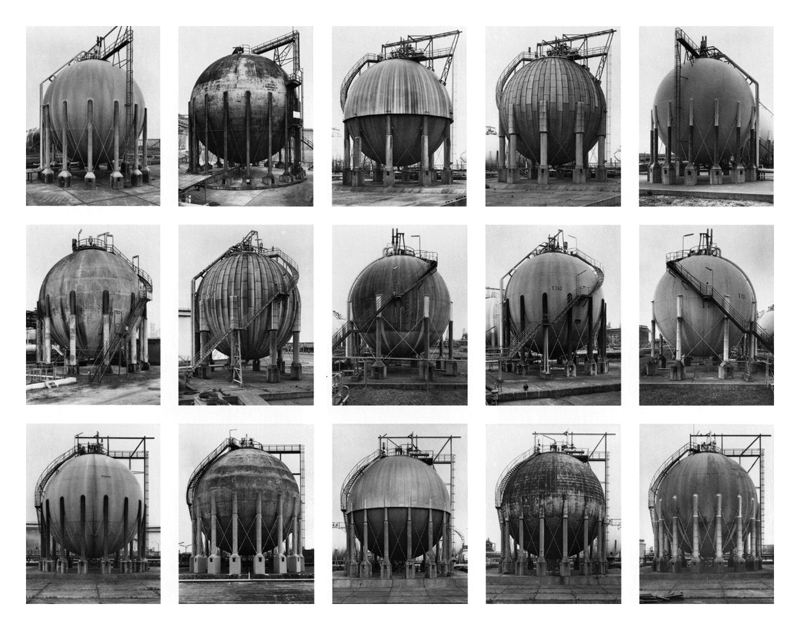 Bernd and Hilla Becher, Gas Tanks, 1983–1992
Bernd and Hilla Becher, Gas Tanks, 1983–1992